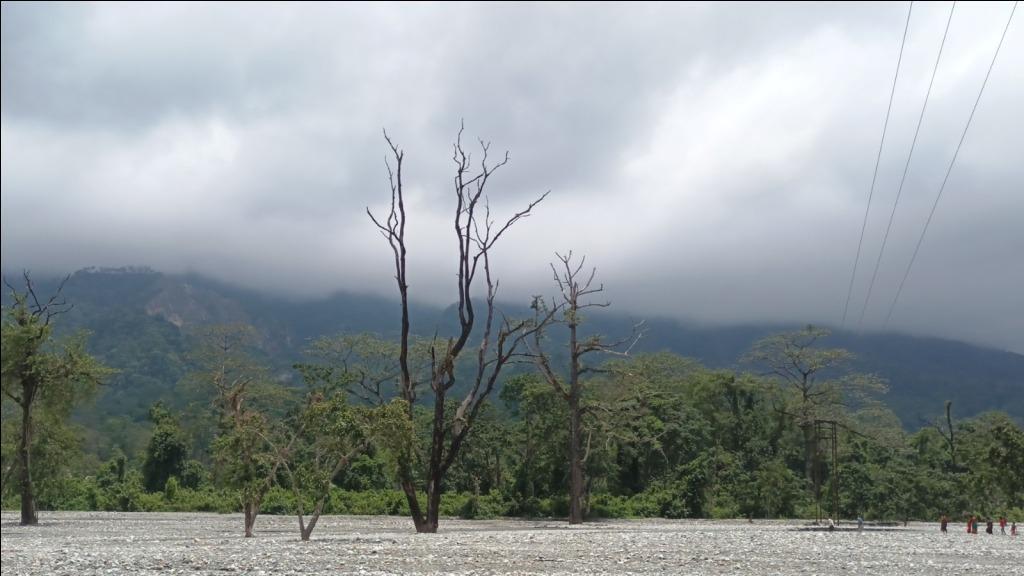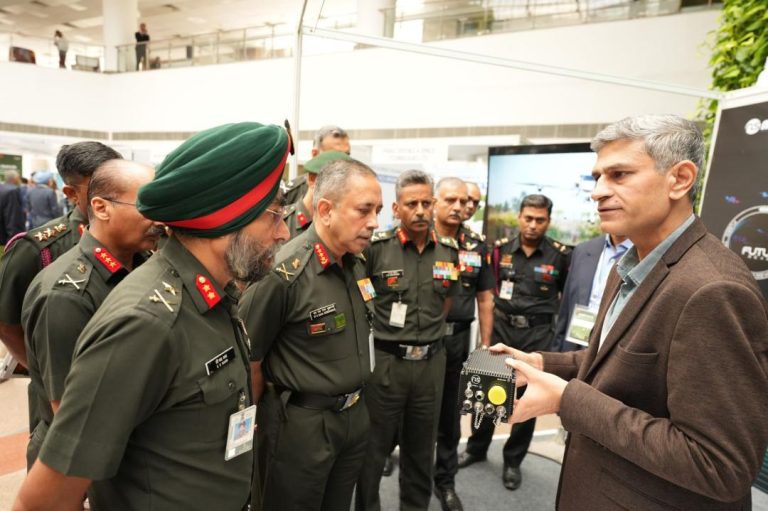
IMD Installs Rain Gauges in North Bengal Tea Gardens near Bhutan: Boosting Rainfall Monitoring in the India-Bhutan Border Region
The India Meteorological Department (IMD) has taken a significant step to strengthen flood preparedness and improve rainfall monitoring in the sensitive India-Bhutan border region. As part of this initiative, the IMD has installed rain gauges in 43 tea gardens across Jalpaiguri and Alipurduar districts of North Bengal. This move has increased the total number of rainfall monitoring stations in the region from 31 to 95, providing more accurate and real-time data on rainfall patterns.
The installation of rain gauges in tea gardens is a crucial step in monitoring rainfall patterns in the region. Tea gardens in North Bengal are located near the India-Bhutan border, making them vulnerable to flash floods and landslides during heavy rainfall. The IMD’s initiative aims to provide early warnings to tea garden owners, local authorities, and neighboring communities about potential flooding and landslides, enabling them to take necessary precautions to ensure the safety of people and property.
The installation of rain gauges in tea gardens is a significant upgrade from the existing monitoring system, which relied on limited number of rainfall monitoring stations. The new rain gauges will provide more accurate and localized data on rainfall patterns, helping meteorologists to better predict weather patterns and issue timely warnings to the public.
The IMD’s initiative is a result of a collaborative effort between the department and the tea garden owners’ associations in Jalpaiguri and Alipurduar districts. The tea garden owners have been actively involved in the installation and maintenance of the rain gauges, which will help to ensure their longevity and accuracy.
The installation of rain gauges in tea gardens is not only important for flood preparedness but also for improving agricultural practices in the region. Tea gardens are a significant contributor to the local economy, and accurate rainfall data will help tea gardeners to plan their crop management and irrigation systems more effectively.
The IMD’s initiative is also expected to have a positive impact on the overall climate resilience of the region. By providing more accurate and real-time data on rainfall patterns, the IMD’s initiative will help to improve the region’s ability to respond to climate-related disasters and adapt to changing weather patterns.
The installation of rain gauges in tea gardens is a significant step towards strengthening flood preparedness and improving rainfall monitoring in the India-Bhutan border region. The IMD’s initiative is a testament to the department’s commitment to providing accurate and timely weather forecasts and warnings to the public.
The installation of rain gauges in tea gardens is also a significant example of public-private partnership in action. The collaborative effort between the IMD and the tea garden owners’ associations demonstrates the importance of partnership in addressing complex environmental and climate-related challenges.
In conclusion, the installation of rain gauges in 43 tea gardens across Jalpaiguri and Alipurduar districts of North Bengal is a significant step towards strengthening flood preparedness and improving rainfall monitoring in the India-Bhutan border region. The IMD’s initiative is expected to have a positive impact on the region’s ability to respond to climate-related disasters and adapt to changing weather patterns.






